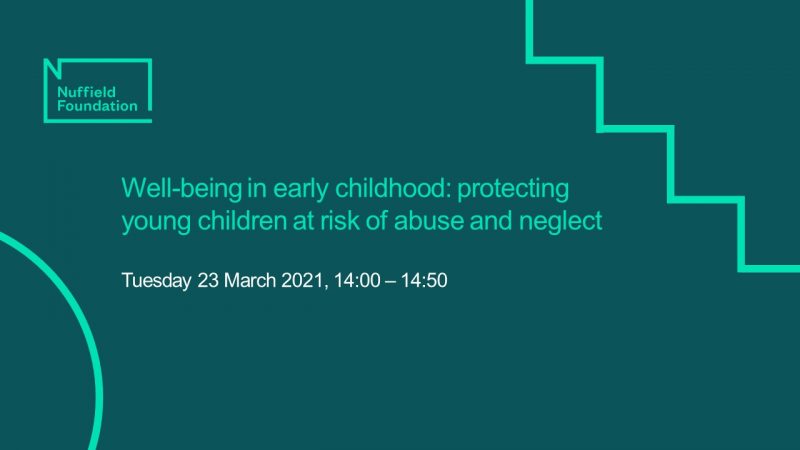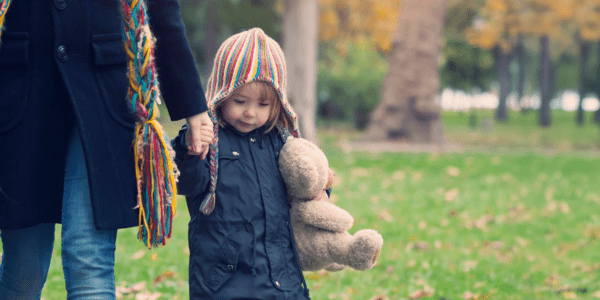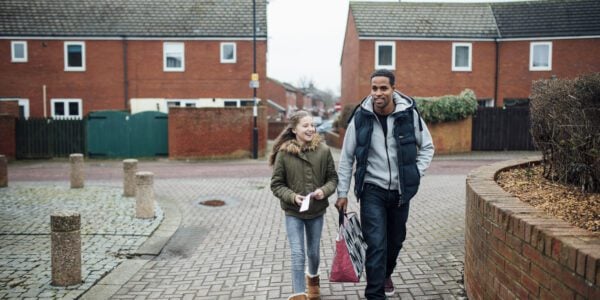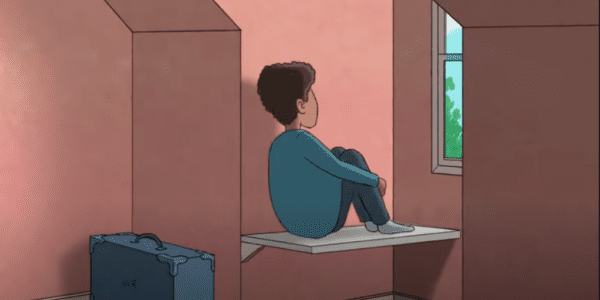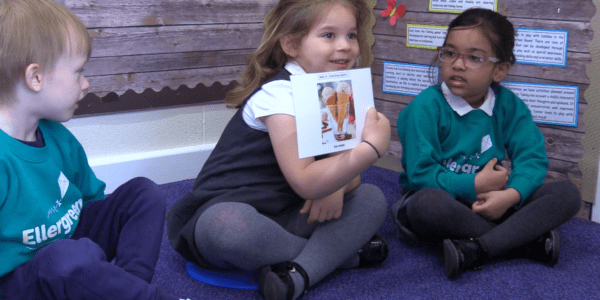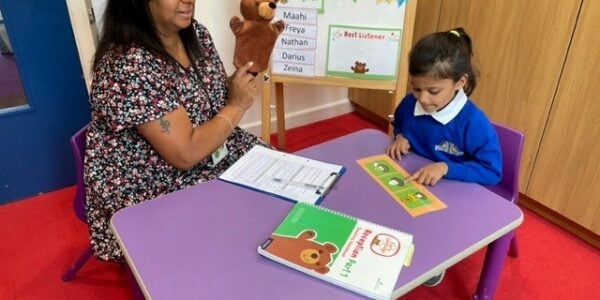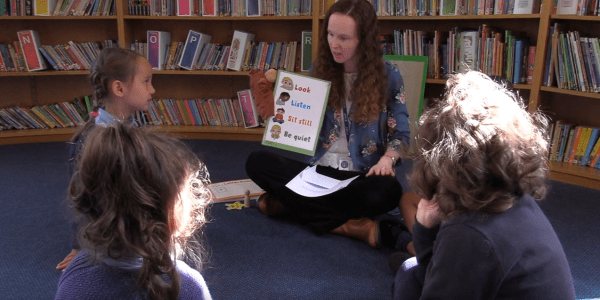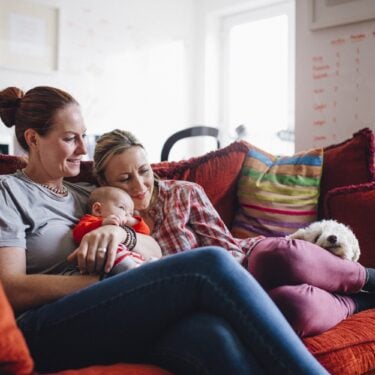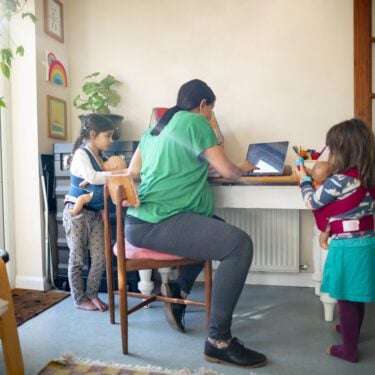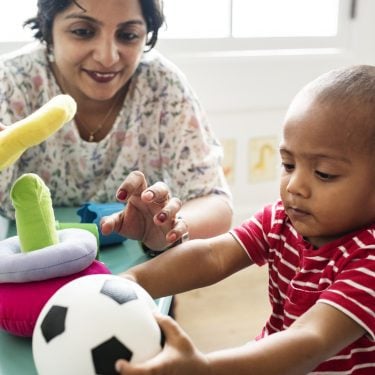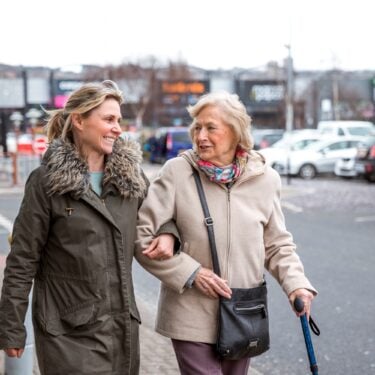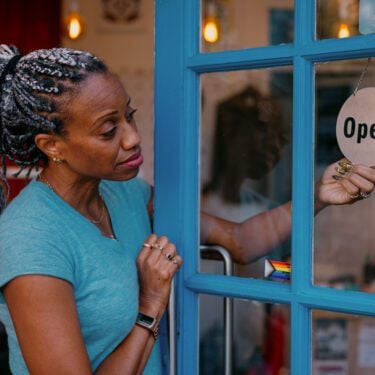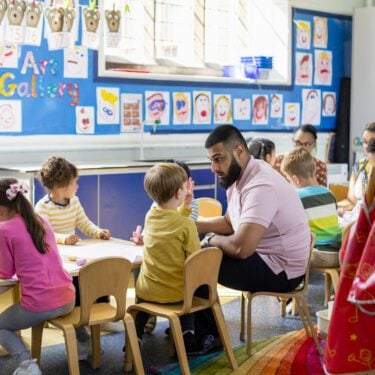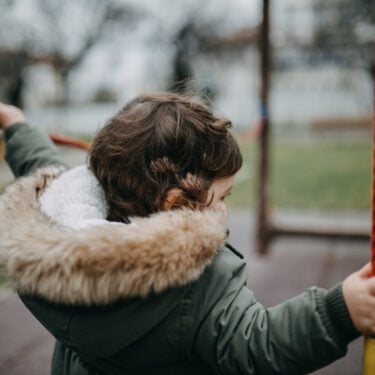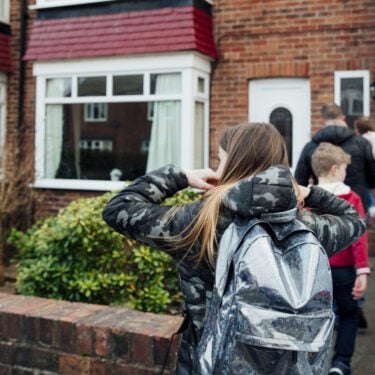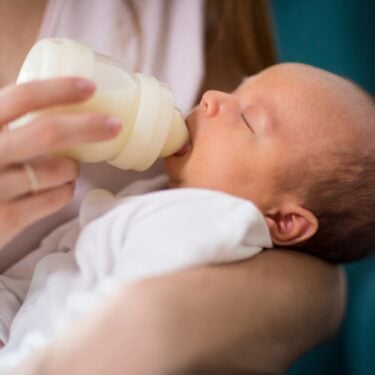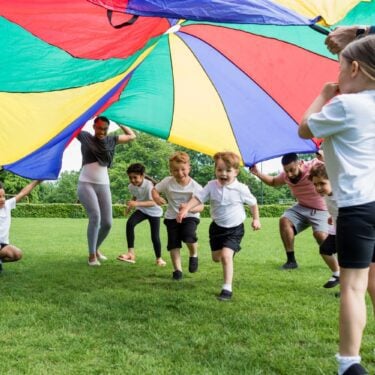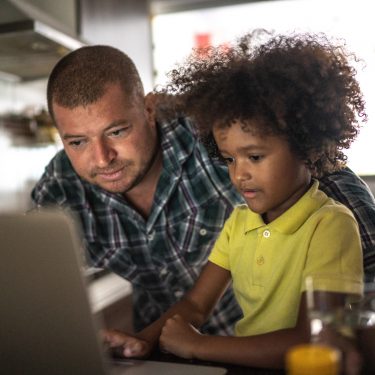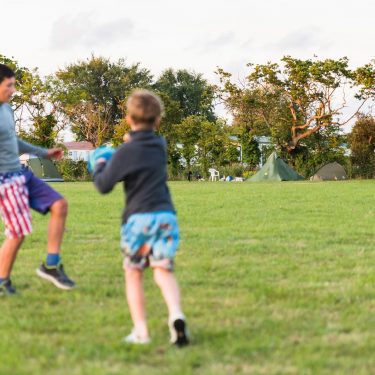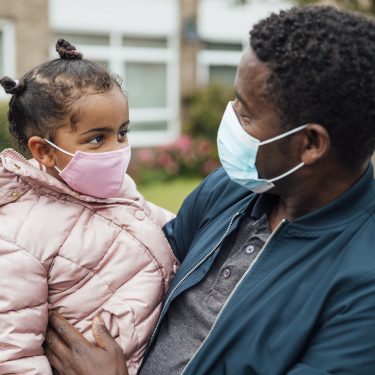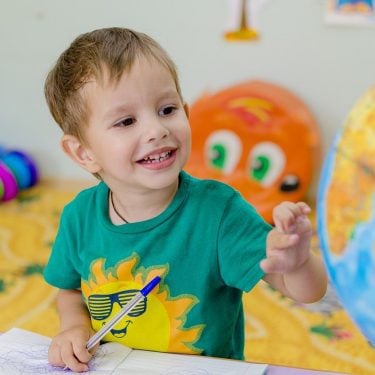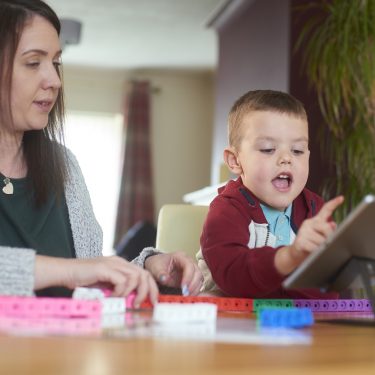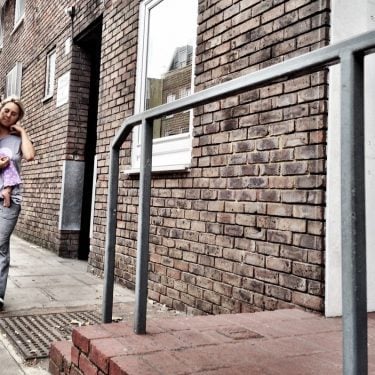26/03/21
5 min read
Andrew Webb, former President of the Association of the Directors of Children’s Services and member of the Governing Board of the Nuffield FJO, responds to our evidence review, Protecting young children at risk of abuse and neglect.
The great thing about an evidence review of this kind is the rare luxury it creates to have a reflective conversation. I read it with the ADCS Safeguarding Pressures report and the terms of reference for the independent review of children’s social care very much in my mind.
It goes without saying that there is huge value in research findings that can be used to address individual differences and to drive evidence-informed practice, whether it follows up on the long-term impact of adverse childhood experiences or trauma, or builds our capacity to compensate for neuro-biological damage in early life. Even better, if it helps identify strengths and protective factors. But if we don’t create and maintain systems with the capacity to manage complexity and sustain family interventions, there is almost no point in knowing what the damage is because we will never fix it.
So, while I was reflecting on the recurrent question posed in the review: “do we have too much state intervention in family life, or too little?”, I was also wondering whether the findings suggested we should actively be looking to change and improve practice to fit with our legislative and policy framework, or whether our policies are proving too aspirational, and we should scale some of them back to fit with practice reality.
Of course, I am not really advocating a less aspirational approach, but the gaps between least and most effective systems are pretty wide and need to be addressed. With that in mind, my response is concentrated on the challenges identified by the research, grouped across three themes. Firstly, what does the evidence tell us about the nature of state intervention in family life; secondly, what are the big issues behind the variation in system responses and the apparent disproportionality of action in some cases/places; and finally, what are the implications of the fragmentation and “hollowing out” of services designed to help families that struggle?
The nature of state intervention
What does language tell us about underlying values? I haven’t got time to open the discourse about culture wars here, but for me this has been a wearing 40-year battle. The pejorative terms littered throughout the research and most recently used even in the Public Law Working Group report launched a couple of weeks ago, basically imply that State intervention in family life is a bad thing. Specifically, that being known to children’s services is a marker of failure as a parent. The original welfare state, as enhanced by the Children Act 1989, creates a model designed to support families, to work in partnership with parents to address need. Coincidentally when the Children Act was enacted it was estimated that possibly 17% of the child population might fall into the category of Children in Need, and therefore be eligible for support – precisely the proportion of under-fives estimated by this review to experience domestic abuse, parental drug use or parental mental ill-health – but rather than invest in targeted adult services the systemic response has been to create a label – “toxic trio” – and use it as a reason to remove children and “police” parenting. How did the shift from welfare state to nanny state occur and how have we let it underpin disinvestment in support to struggling parents and drive-up spending on care (with very mixed impact on outcomes)?
The review shows clearly how an adversarial system and culture of judgement distort services. What we need is a plan to implement the Children Act and normalise help-seeking from children’s services so that being “known” to the service carries no more negative connotation than being known to your GP.
Variation and disproportionality
The work led by Paul Bywaters and Rick Hood in particular has shone a light on some pretty dark places. It could almost be said that the state punishes families for being poor whilst simultaneously contributing to and exacerbating their poverty. But what their work illuminates even more clearly is how much more research is needed into the ways different groups in society, whether defined by ethnicity or poverty (or the interaction of both) are treated. If we assume that services are designed to help rather than punish, the questions this raises for professional practice (in all disciplines) and communication and engagement strategies is enormous. Sadly, this is not exactly breaking news.
The exposure of the impact of varying practice, largely by geography, on the use of statutory versus preventive services is, again, not exactly news, but knowing this has not led to sufficient change. The quality and focus of professional practice and system operation/style of intervention clearly leads to different use of formal intervention that cannot be accounted for by socio-economic variation. This needs much more work to first understand, then fix the variation.
The review raises questions about risk aversion, and there is no doubt that in some places both individual decisions and system focus are driven more by the question “what is the mistake we most want to avoid” then by asking “what good can we do here”. The way this feeds into what could best be described as “unwarranted variation in outcomes” is complex, and although it doesn’t get a mention, Ofsted has a part to acknowledge here. Most systems respond to adverse inspection outcomes by developing a “compliance culture”, they also tend to struggle to recruit and retain good staff. Working with complex family dynamics, trying to address the relative benefits of acting or not acting with only a foggy crystal ball at your disposal is not helped by an obsession with complying with processes designed to satisfy inspection criteria rather than holistically meet need.
Rick Hood’s analysis has started to disentangle how the institutional context, organisational structure, and wider contextual factors contribute to inequalities in provision across the system, and while the causes remain unclear, it is definitely going to be more productive in bringing about change if we view them as being linked to the way the system works, rather than being the result of human error or bad practice.
Fragmentation and hollowing out of services
There is no strong evidence to support causation in respect of the impact of the austerity years and the closure of family support services on the number of children under five becoming looked after. But the correlation is pretty strong, as is the link with the much larger Government cuts to funding local authorities with the highest levels of deprivation and need and the subsequent diversion of both budget (and unavoidable) overspend away from preventive services to care and other statutory services.
There is a growing body of evidence outside the Nuffield Foundation’s remit which demonstrates the effectiveness of an integrated, interdisciplinary system that take services to families that are struggling (as opposed to expecting the least well organised families in our communities to know which of the services on offer from the various separate agencies would best help them), particularly for younger children. And then there is the Family Nurse Partnership, hanging on by its fingertips. But the review details the hollowing out of the system, which leads to pathways between services being controlled by thresholds and services that seek to protect themselves against being overwhelmed. Our compliance culture actively celebrates the extent to which professionals in different agencies understand and work to the barriers they and their colleagues have created to control workflow: it effectively gives additional brownie points to systems that are designed to hand-off a struggling family from one agency to another.
Overall, the review explores a lot of good research which answers some questions for policy and practice, but which asks many more.
Andrew’s response was given at a webinar hosted by the Nuffield Foundation on 23 March 2021.
Read more
About the author
Andrew Webb is a former President of the Association of the Directors of Children’s Services and member of the Governing Board of the Nuffield FJO.
